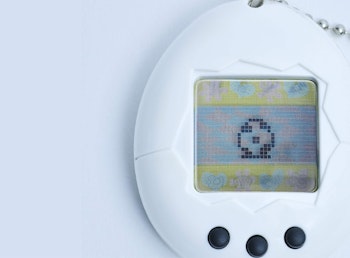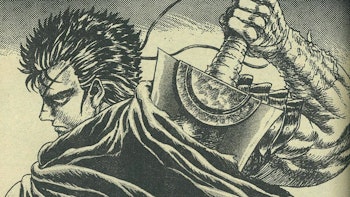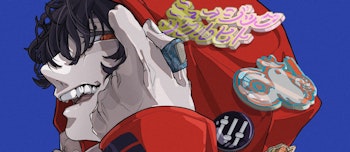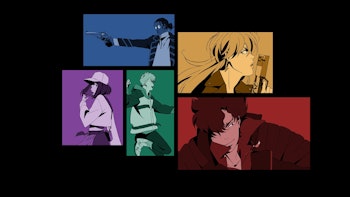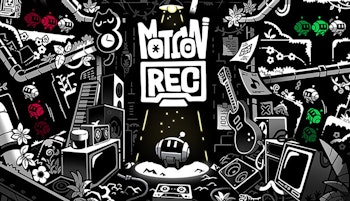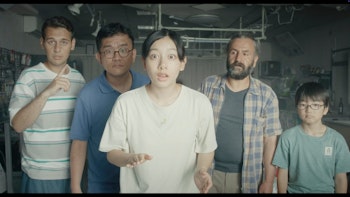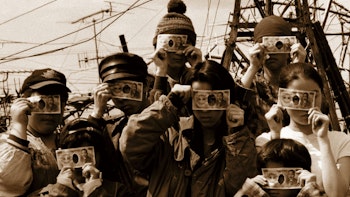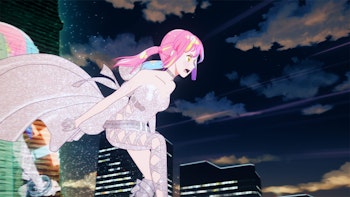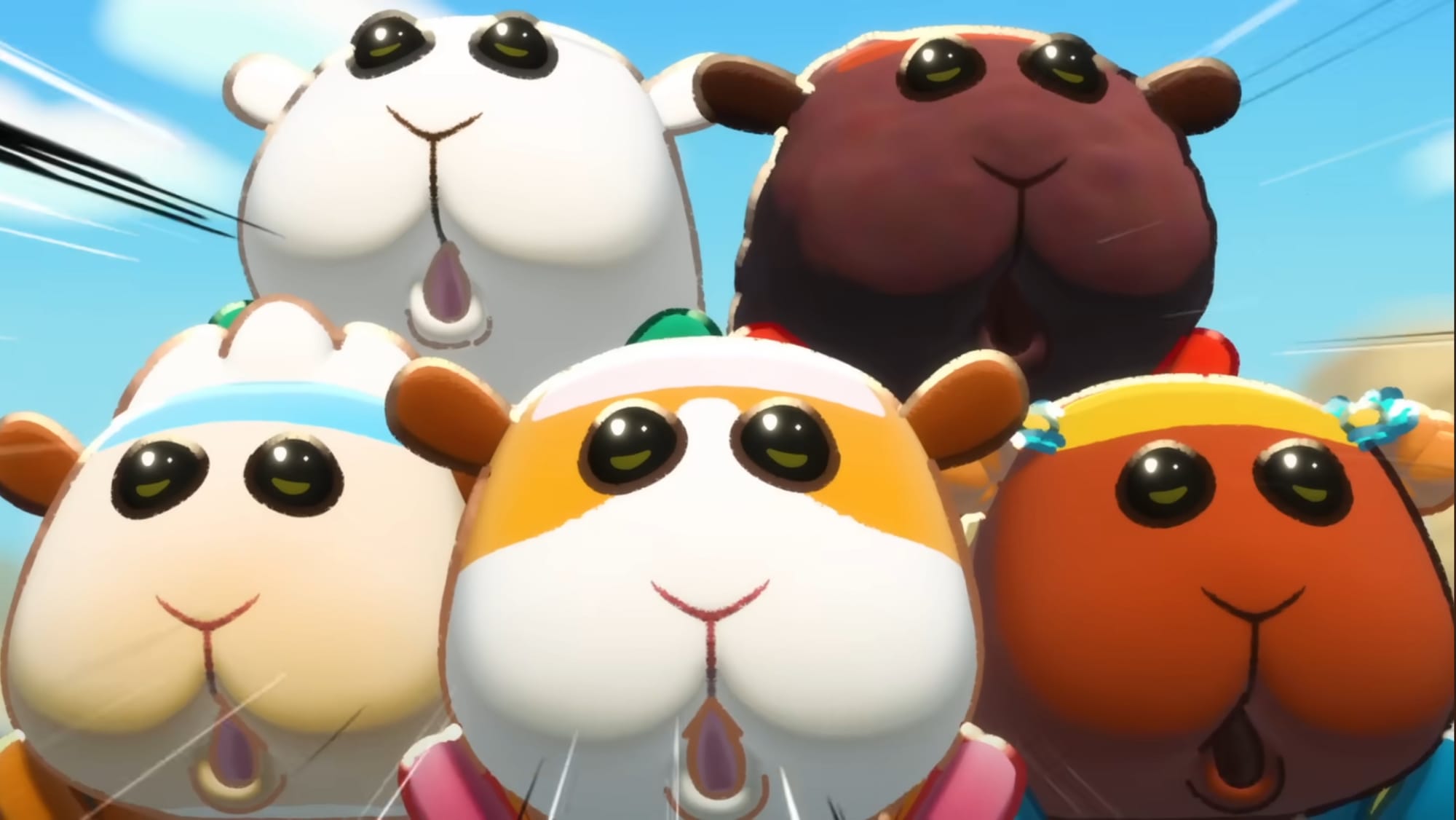
A movie about guinea pig cars (molcar) based on a series of three minute shorts was always going to be a challenge, but it’s the way in which this particular project fell apart that saddens me.
Pui Pui Molcar The Movie MOLMAX is the name given to what is essentially a 60-minute film about cute molcar getting into shenanigans supposedly in service of a larger plot, wrapped in said veneer that tells a story almost directly out of the American animated film The Mitchells vs the Machines. The weird and wonderful world of this series is one where these anthropomorphic molcar exist in place of cars, and the humans of this world drive them around and care for them like pets. They don’t need petrol, they need carrots. Each has a mind of their own and their own personality: Treasure Molcar is an Indiana Jones-like character in a similar hat, Teddy eats everything, even garbage.
It also means the cars will act against the owner’s wishes and cause chaos, but you can always guarantee it will be in the most adorable way possible.
The movie is the culmination of the multi-year phenomenon that is Molcar while eschewing everything that made it truly unique. This was not supposed to be anything more than a short 3-minute early morning watch for kids and parents. Adorable, inoffensive. Not to say it didn’t have passion behind it, but it also wasn’t ever being billed as the next big thing, either. But that’s an increasingly-difficult thing to predict in the age of social media.
This was the brainchild of Tomoki Misato, a stop-motion animator and graduate of the prestigious Tokyo University of the Arts, also known as Geidai. Prior to this, they successfully made a name for themselves on the independent festival circuit through self-produced high-quality stop-motion short films like My Little Goat and Look At Me Only, with the original series being their first TV anime and time working with a larger team.
The stop-motion animation was a perfect compliment to the concept, utilizing his signature felt modeling style that made the world feel almost impossibly welcoming. Guinea pigs are already adorable creatures and this transformed their fluffy fur into something equally soft and cute, while also forcing simplicity and clear communication of the real-world parallels within this weird and wonderful setting. Once people were drawn into the episodic 3-minute sketch comedy of the original series, it also made it easy for anyone to make their own. It became a trending phenomenon on social media every week and one of the biggest new anime of 2021, and a merchandising goliath in the process.
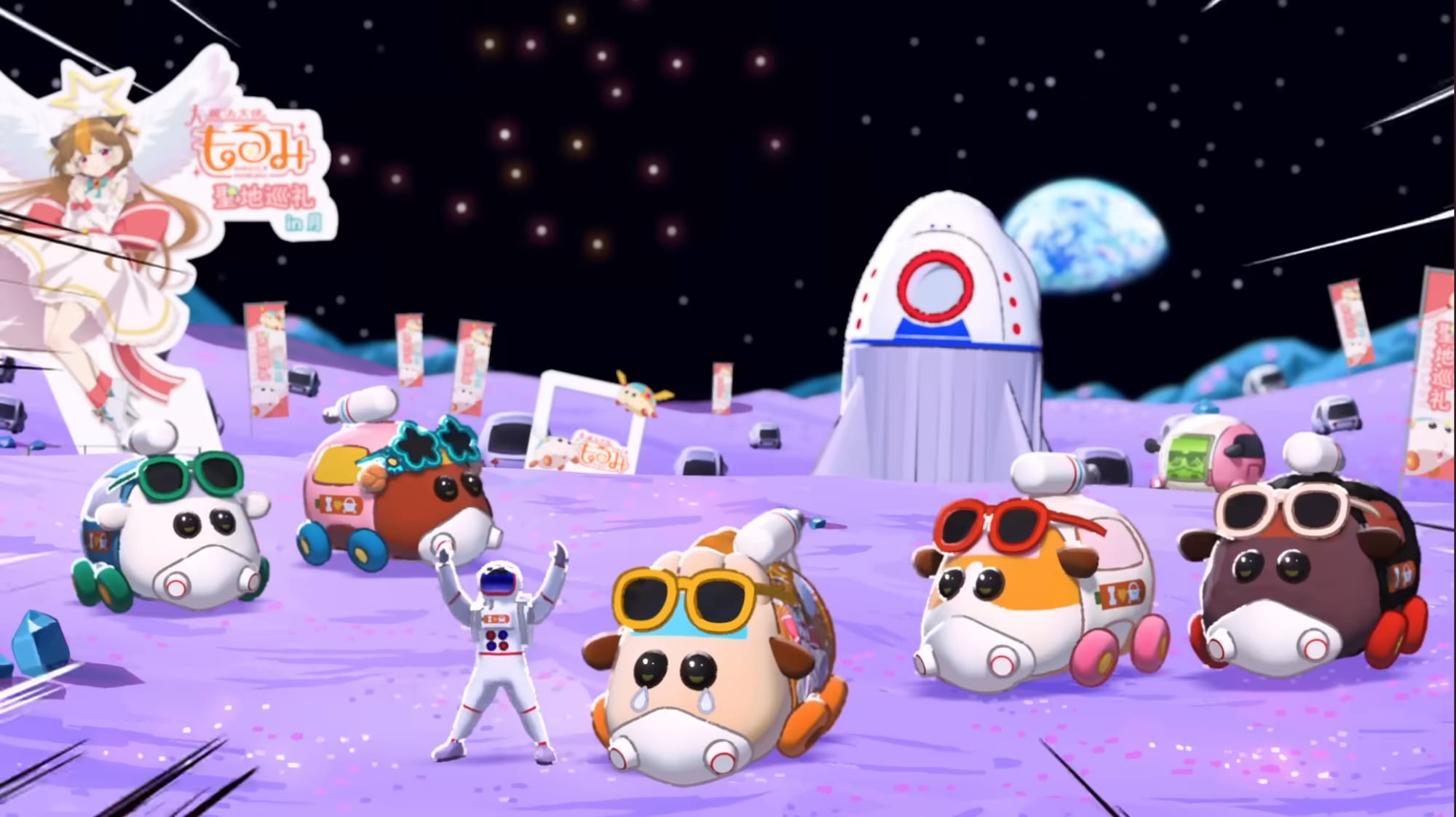
They screened the episodes in cinemas, and people saw them in droves. They made a second series with much of the same time, providing a slightly more involved plot of the cars destroying the city from distracted driving and being forced to attend a driving school, but it was still a sketch comedy at its most beautiful heart. A beautifully-animated one at that - when they wanted to go for high-octane action, they could create these complex action sequences that leave you as much in awe as you are in awww.
By this point Tomoki had moved on to WIT STUDIO, and this second season, Driving School, was his last direct involvement. Even if the second series wasn’t as big of a hit as the first, it had global licensing, it had a line of plushies and toys for everyone. It had to keep going.
Which brings us to MOLMAX. Turning a 3-minute sketch comedy show with an incredibly simplistic concept linked to its time restrictions was always going to be a challenge. Carrots were their big concerns, not the fate of the world. But you need to dangle more than a carrot on a stick to keep people engaged for the cost of a movie ticket.
The fate of the world it is. The molcar aren’t cute, they’re lazy and inefficient. And a tech company has the product of the future: AI molcar that replace the creatures with normal cars. The idea that they can seemingly integrate while the molcar are supported makes it seem perfect, before everything is lost to a soulless world filled with anger and division. Never mind the fact that the AI molcar may just be real molcar in a mechanical shell that mirrors how real AI requires human intervention to function.
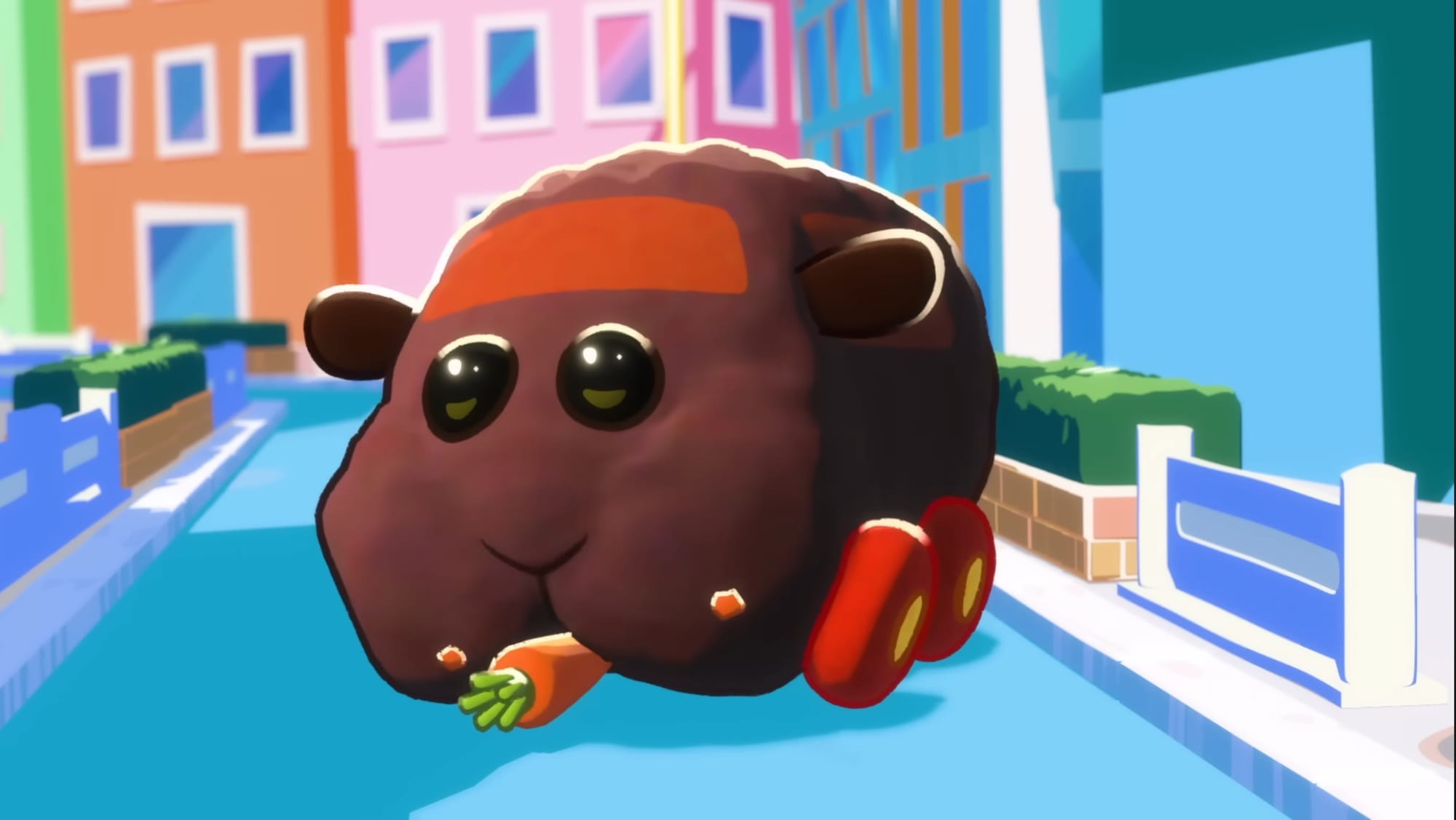
The story itself is not the worst, and for a kids audience especially it has some interesting parallels to our current conversations on Generative AI and whether AI should replace human ingenuity and talent. Even when the molcar can theoretically perform a better task, the results vary, and we lose the heart and love that made us care for these things in the process. In a simplistic overtone perfect for a younger demographic the film is clearly aimed for, it’s far from a bad thing that this story was told, and the conclusions it brings from the themes it explores could certainly be worse.
The issue is that the film feels so alien to the world of Molcar while forgetting what made it so appealing. The fuzzy softness of the original series wasn’t just a consequence of the chosen animation and art style, it was a core attribute of the series. This was what made them appealing to the point of people crafting their own creatures out of felt and imagining their mishaps on a weekly basis. This art style became an intrinsic part of the DNA of the series, while keeping it in short bursts that ensured they never overstayed their welcome. No one was talking, not even humans, so a no-dialogue comedy could also only go so far.
This fuzziness is replaced by a competent quality of CG animation from Monster’s Egg. It does the job, but no stylistic choice could replace the tactility of the original style that made these creatures so appealing. The humans were an afterthought in this world only featured if they could function as an extension to the comedy and to justify the functioning of this society in an easy-to-understand form. Yet here they have full dialogue, complexities that take away from the fuzzballs we're all here to see. A celebrity cameo here and there can’t fix that.
Coupled with the extended length equivalent to both existing series combined and the result feels long-in-the-tooth, moments overstaying their welcome while the overall plot is difficult to care for. It feels like it came less from a desire for something new and more as a way to keep the franchise going for new merch now that the creators are gone.
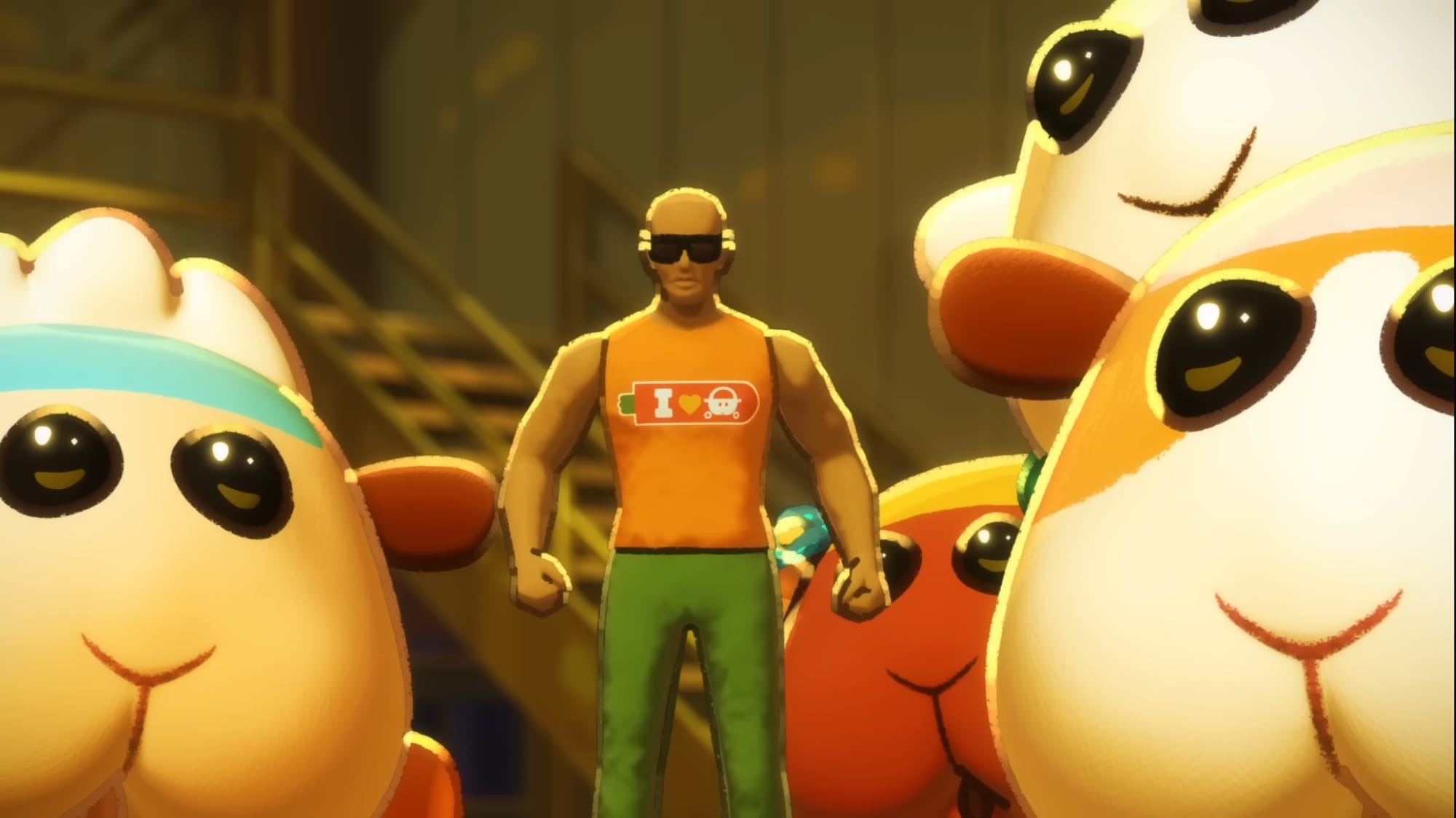
The soul of Molcar has gone, and the fact that the hit virality has now descended to a film struggling to match the grosses of screenings at the height of its success when the complete series was shown in theaters with no extra content suggests many have lost interest in due to the passing of time and the changing of the guard. The post-credits of the film confirm another film is in production, but how much will people care for that when it finally hits theaters?
Pui Pui Molcar MOLMAX could certainly be worse. But it isn’t good. The heart is gone, and franchising killed it.


